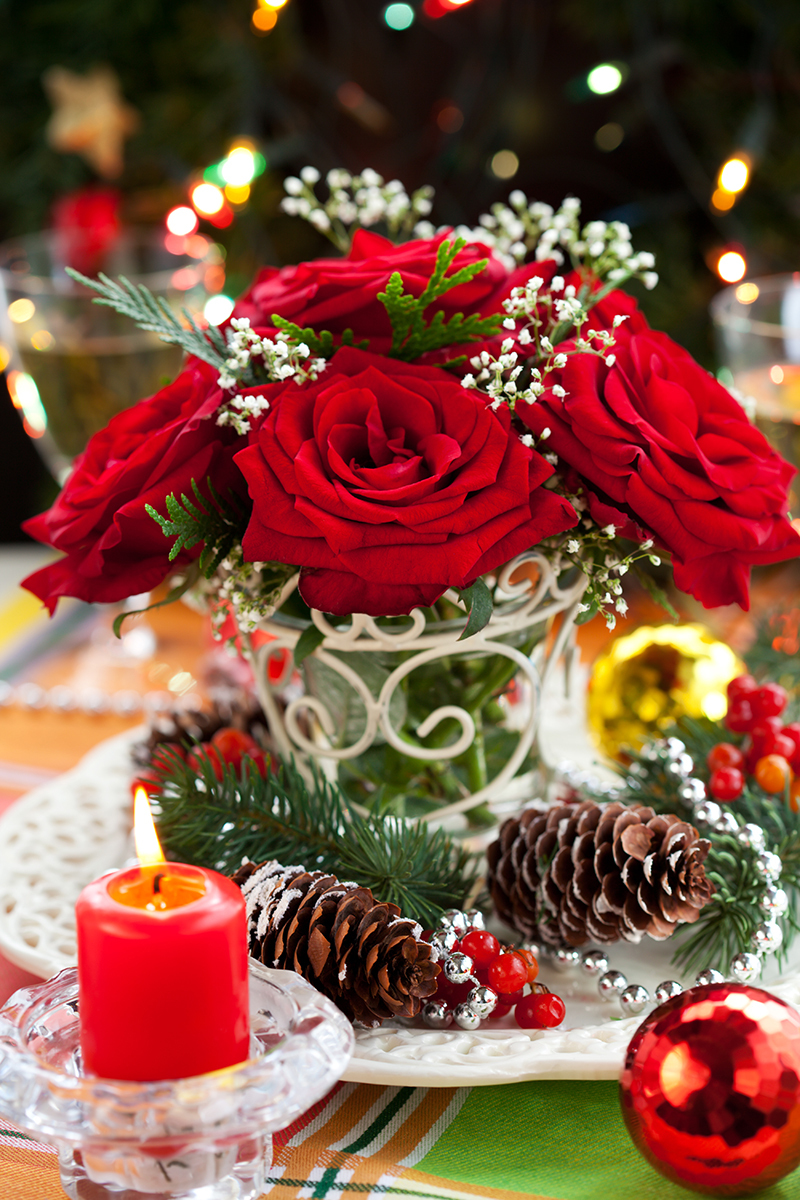Tulip Trivia: 7 Facts That'll Change the Way You See Them
Tulips are more than just vibrant blooms decorating spring gardens or stunning bouquets gracing dining room tables. Did you know these iconic flowers have a fascinating past, unique symbolism, and even a history of causing financial chaos? Whether you're a gardening enthusiast or just love learning quirky floral facts, tulip trivia will alter the way you perceive these captivating blossoms forever. Dive in as we uncover seven remarkable tulip facts you probably didn't know!

1. Tulips Weren't Always Dutch!
When most people hear the word "tulip," their minds instantly drift to the expansive tulip fields of the Netherlands. However, tulips didn't originate in Holland. These flowers trace their roots back to Central Asia - particularly the ancient Persian Empire (modern-day Iran and surrounding regions) and the majestic mountains of the Tien Shan.
- The word "tulip" is believed to derive from the Persian word for turban - "dulband," due to the flower's resemblance to the headwear.
- They were cultivated as early as the 10th century in Persian gardens.
The alluring blooms spread to Turkey where Ottoman sultans adored them, making tulips a status symbol in the 16th Century. Only later were they introduced to Western Europe, and it was Dutch passion and mastery in hybridization that led to their global association with the Netherlands.
2. Tulip Mania: The Flower That Caused a Financial Frenzy
Tulip trivia wouldn't be complete without mentioning the infamous "Tulip Mania." A period in the Dutch Golden Age (circa 1634-1637) saw an unprecedented speculative bubble surrounding rare tulip bulbs.
- At its peak, some single tulip bulbs were sold for more than the price of a luxurious Amsterdam canal house!
- The frenzy was driven by the discovery of striking color variations caused by a virus called tulip breaking virus.
- When prices crashed, many investors and traders were left penniless.
The "Tulip Mania" is a textbook example of an economic bubble, and it forever cemented the tulip's place in financial history books.
3. There Are Over 3,000 Tulip Varieties
Tulip trivia fans, rejoice! There are more than 3,000 officially registered tulip varieties today, thanks to centuries of passion and expert cultivation.
- Tulips are grouped into 15 main classes based on bloom time, shape, and size--including the elegant Triumph and the exuberant Parrot tulip.
- Horticulturalists and breeders continually cross-breed different types, so the number keeps growing every year.
Tulips boast a staggering range of colors (except true blue), from vibrant reds and yellows to rare near-black blooms. Whether you love the petite and delicate "Little Beauty" or the larger-than-life "Queen of the Night," there's a tulip to suit every taste and garden.
4. The Meaning of Tulips: More Than Meets the Eye
Flowers are often celebrated for their meanings, and tulips are no exception. Different tulip colors hold rich symbolism, making them one of the most expressive flowers to include in bouquets and gardens.
- Red tulips: Deep love and romance.
- Yellow tulips: Cheerfulness and optimism.
- White tulips: Apology or forgiveness.
- Purple tulips: Royalty and admiration.
- Variegated tulips (with streaks and multicolor): Beautiful eyes and charm!
In the Victorian era, offering a tulip bouquet could send a powerful, unspoken message--so next time you receive tulips, pay attention to their color!
5. Tulips Are Edible--And Were Once on the Menu!
Here's one of the most surprising pieces of tulip trivia: these beautiful blooms are technically edible. During WWII, especially in the Netherlands, severe food shortages led people to cook tulip bulbs to survive. While not typically recommended due to potential toxins or pesticides, properly prepared tulip bulbs helped keep many Dutch families alive during hardship.
- Some chefs use tulip petals to decorate salads and desserts.
- The taste is often described as bland or starchy, but some petals have a hint of sweetness or a light pea flavor.
Important! Never eat tulip bulbs or petals unless you are sure they haven't been treated with chemicals and you know how to prepare them safely.
6. If You Want Spring Color, Plant in Fall
Wondering how to get those show-stopping blooms in your own garden? Here's an essential tulip fun fact: tulips need a period of cold dormancy to bloom.
- Plant tulip bulbs in the fall, 6-8 weeks before the ground freezes.
- The chill allows bulbs to develop strong roots, leading to vibrant blooms come springtime.
- In warmer climates, gardeners often refrigerate bulbs first to trick them into blooming!
For best results, plant bulbs pointy-side up, about 6 inches deep, and water well. Once established, they're surprisingly low maintenance and will return year after year with little care.

7. Tulips Have Inspired Art, Literature, and Festivals Worldwide
Tulip trivia isn't limited to the garden or financial markets--these beautiful flowers have influenced cultures around the globe.
- Ottoman artists immortalized the "Lale Devri" (Tulip Era) with dazzling textiles and ceramics adorned with tulip motifs.
- In the Netherlands, tulip fields attract millions of visitors for events like Keukenhof--known as the "Garden of Europe."
- Writers and poets from Shakespeare to Tennyson have referenced tulips as symbols of transient beauty and deep love.
Enthusiasts across North America and Europe celebrate annual tulip festivals--from Washington's Skagit Valley Tulip Festival to Canada's Canadian Tulip Festival, where millions of blooms create a stunning spectacle each spring. The tulip's beauty, history, and symbolism truly span continents and centuries.
Conclusion: See Tulips in a New Light
Tulips are so much more than ornamental spring flowers. With roots in ancient Persia, a starring role in economic history, and a palette of stunning colors, they are cultural icons and botanical marvels. From their hidden symbolism and surprising edibility to their global artistic impact, tulips continue to enchant and surprise gardeners and flower lovers alike.
Next time you spot a tulip, remember these incredible tulip facts and see if you can spot their hidden stories!
Bonus Tulip Trivia:
- Tulips are members of the lily family (Liliaceae).
- They have a symbolic meaning in Turkish culture and often appear in national motifs.
- Tulips can "move" - they continue to grow up to an inch after being cut and placed in a vase.
- The world's most expensive tulip was the "Semper Augustus," whose rare striped petals fueled the heights of Tulip Mania.
Whether you're planning your next garden display or picking a thoughtful floral gift, let this tulip trivia inspire you to view these famous flowers with new admiration!
